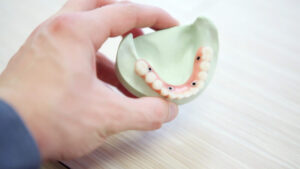
Tartar And Plaque:Remove Methods Without A Dentist
Tartar and plaque, known as dental calculus, form on teeth when plaque accumulates and starts to harden. Not only is tartar visually unappealing, but it
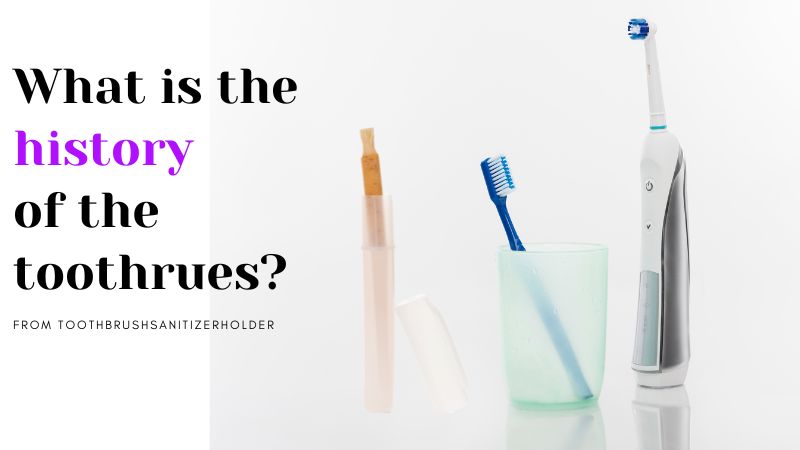
Most of us probably don’t think much about our toothbrushes. But did you know that this little tool has been around for a long time, helping people keep their teeth healthy for many years? We often hear that we should brush our teeth twice daily, but some still find it bothersome. Let’s take a look at how the toothbrush has changed throughout history!
Long ago, people came up with the idea of the toothbrush; the first ones were quite basic. Around 3500 B.C., the Egyptians and Babylonians were the first to use these simple tooth-cleaning tools. They didn’t have fancy materials like today; instead, they used things like tree twigs, bird feathers, and animal bones.
They would chew on one end of these objects until it became soft like a brush. This chewing action helped clean their teeth by removing plaque and also stimulated their gum tissue.
The first toothbrushes made in large quantities were created in Europe around 1780. Now, let’s talk about a man named William Addis. In 1770, he got into trouble and ended up in jail because he was part of a riot. While he was in prison, he had an interesting idea. He realized that he could improve his teeth-cleaning routine, which at the time involved using a cloth with soot and salt.
Here’s what he did: He saved a small bone from one of his meals and poked tiny holes in it. Then, he stuck bristle tufts into those holes and used glue to keep them in place. This created a brush-like tool. After getting out of jail, he started a business making these toothbrushes, and it made him quite rich.
He passed away in 1808, and by 1840, countries like Britain, France, Germany, and Japan were making lots of toothbrushes for people to use.
As we look back at the history of toothbrushes, we can see that they have evolved over many years, and this evolution continues even today.
In the United States, the first toothbrush patent was granted in 1857. Mass production of toothbrushes began in 1885, and these early toothbrushes had handles made of bone and bristles made from Siberian boar hair. However, using animal bristles wasn’t ideal because they didn’t dry well and tended to hold onto a lot of bacteria.
By 1938, toothbrushes started using synthetic fiber bristles instead of natural animal bristles. Nowadays, most toothbrushes have nylon bristles, and their handles are made from special plastic materials.
Toothbrush companies have also changed the shape of toothbrush heads to make it easier to reach the back teeth. If you look closely, you’ll notice that the bristles on modern toothbrushes are packed closer together to do a better job of removing plaque from your teeth. The outer bristles are usually softer and longer to be gentle on your gum tissue while keeping it healthy.
Today, we have a wide range of toothbrush options, from electric ones that buzz to little chew brushes for babies. When you walk down the dental care aisle in the store, it can be a bit overwhelming because there are so many choices. Our modern toothbrushes look very different from the first toothbrushes ever made.
But here’s the important thing to remember: all these different toothbrushes work similarly. They use gentle bristle movements to clean your teeth and remove the plaque that can lead to problems like cavities and gum disease.
Research has shown us that the bacteria in our mouths isn’t just a problem for our teeth and gums; it can even be connected to heart disease. That’s why it’s crucial to brush your teeth regularly. It’s not just good for your mouth but also your overall health.
Having a toothbrush is important, but what’s even more crucial is using it twice a day! When it comes to picking a toothbrush, the shape of the head, the color, or even the brand mostly depends on what you personally like.
However, we suggest going for a toothbrush with soft bristles. Soft bristles can do a great job of cleaning your teeth without being too tough on your gums. Also, remember to change your toothbrush to a new one every three months. Over time, the bristles wear out, and they don’t clean as effectively.
We’d love to know which toothbrush you prefer! Welcome to share your favorite in the comments below.
Maintaining a clean toothbrush is crucial for good oral hygiene. Harmful bacteria can thrive on toothbrushes if not properly cared for.
Consider using products like the Sanitize Mate toothbrush holder to help keep your toothbrush free from germs and bacteria. This innovative holder uses UV-C light technology to disinfect and sanitize your toothbrush, ensuring it remains clean and ready for use.
Additionally, always rinse your toothbrush thoroughly with tap water after use and store it in an upright position to allow it to air dry. Avoid covering your toothbrush as a damp environment can promote bacterial growth.
Here are some common questions people have about toothbrushes:
Q: How often should I replace my toothbrush?
A: You should replace your toothbrush every three months or when the bristles become frayed.
Q: What type of toothbrush is best for me, manual or electric?
A: Both can be effective; it’s a matter of personal preference. Some people prefer electricity for added convenience.
Q: Should I use a hard or soft bristle toothbrush?
A: It’s recommended to use a soft bristle toothbrush to avoid damaging your gums and tooth enamel.
Q: Can I share my toothbrush with someone in my family?
A: It’s best not to share toothbrushes as it can transfer germs and increase the risk of infections.
Q: How long should I brush my teeth each time?
A: You should brush your teeth for at least two minutes each time to ensure a thorough cleaning.


Tartar and plaque, known as dental calculus, form on teeth when plaque accumulates and starts to harden. Not only is tartar visually unappealing, but it
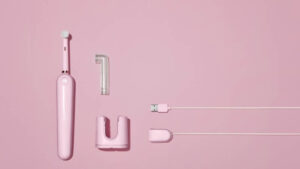
We are often contacted by customers complaining about a Sonicare toothbrush not charging. A charging issue is a common problem and can sometimes be misdiagnosed

Opting for an electric toothbrush for sensitive teeth can help alleviate discomfort and further protect against gum recession. But which model is ideal for those
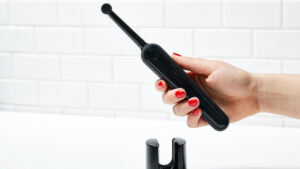
Have you learned how to use an electric toothbrush? It’s crucial to know not just for electricity but for any toothbrush type. Even though electric
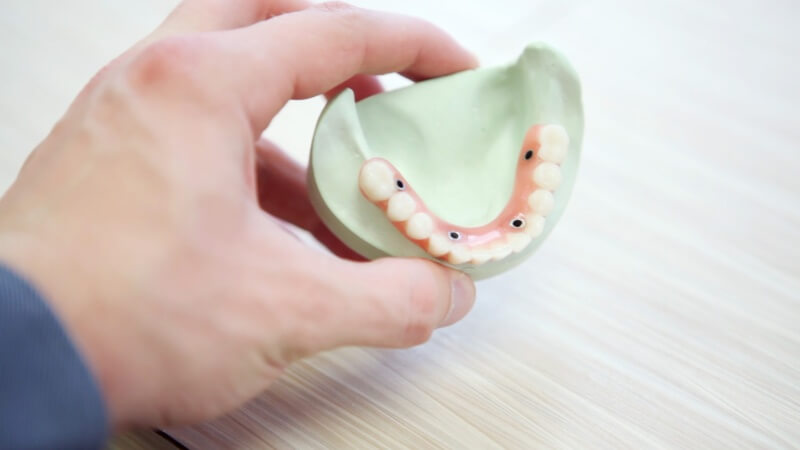
Tartar and plaque, known as dental calculus, form on teeth when plaque accumulates and starts to harden. Not only is tartar visually unappealing, but it
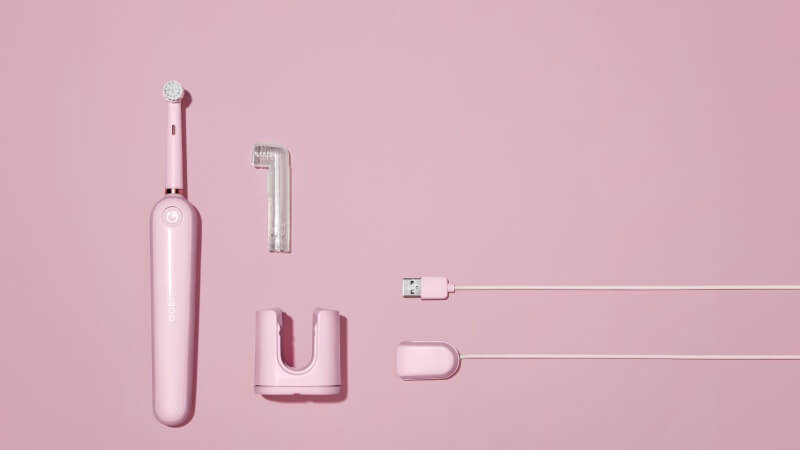
We are often contacted by customers complaining about a Sonicare toothbrush not charging. A charging issue is a common problem and can sometimes be misdiagnosed
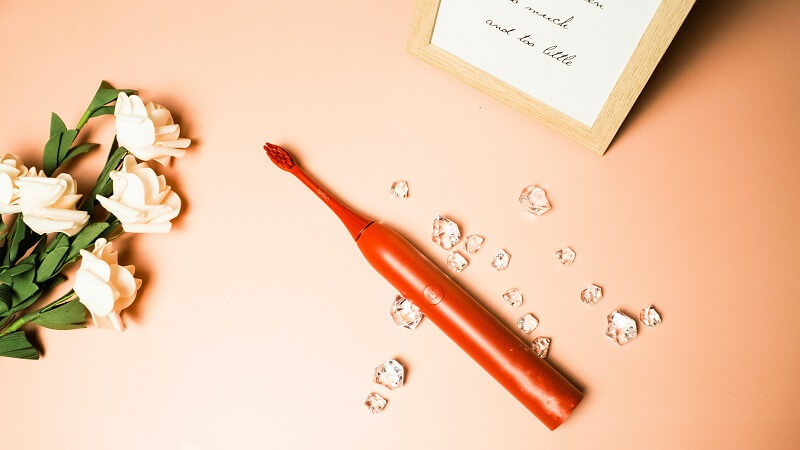
Opting for an electric toothbrush for sensitive teeth can help alleviate discomfort and further protect against gum recession. But which model is ideal for those
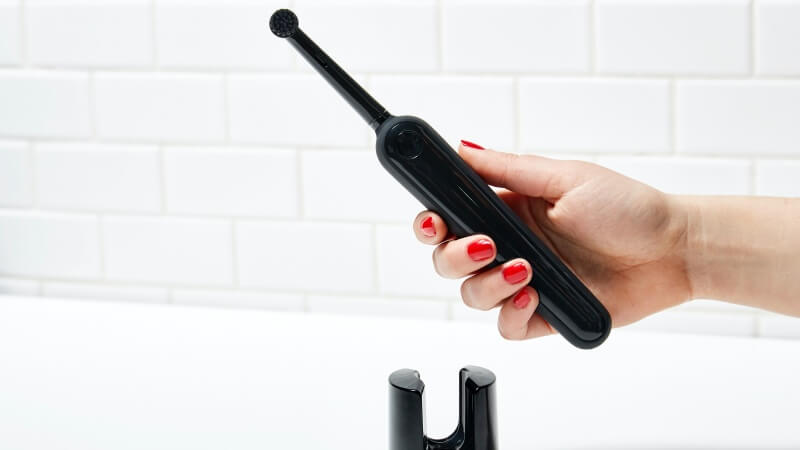
Have you learned how to use an electric toothbrush? It’s crucial to know not just for electricity but for any toothbrush type. Even though electric
Copyright © 2025 toothbrushsanitizerholder. All Rights Reserved.